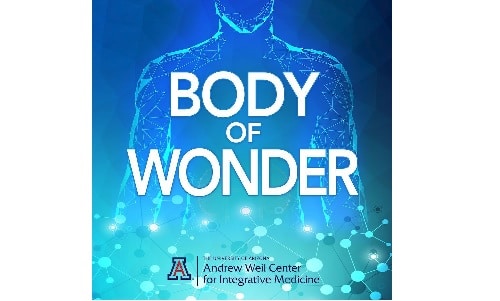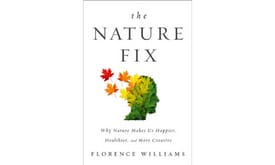Simply spending time in nature shows benefits both for body terrain factors linked to cancer and for reducing cancer risk. It may also help with symptoms common among people with cancer.
How can time in nature help you? What the research says
Optimizing your body terrain
Does time in nature promote an environment within your body that is less supportive of cancer development, growth, or spread? We present the evidence.
See Optimizing Your Body Terrain ›
Find medical professionals who specialize in managing body terrain factors: Finding Integrative Oncologists and Other Practitioners ›
We also recommend that you share with your doctor the information here about how time in nature might affect these terrain factors if you have any imbalances.
Managing side effects and promoting wellness
Is time in nature linked to fewer or less severe side effects or symptoms? Is it linked to less toxicity from cancer treatment? Does it support your quality of life or promote general well-being? We present the evidence.
Reducing cancer risk
Is time in nature linked to lower risks of developing cancer or of recurrence? We present the evidence.
See also studies finding higher risk of cancer among people living closer to green spacegeographical areas characterized by higher levels of vegetation, especially compared to environments built by humans and characterized by concrete, asphalt, and other surfaces not occurring in nature, especially agricultural green space, in Safety and precautions ›
Helpful links
References


